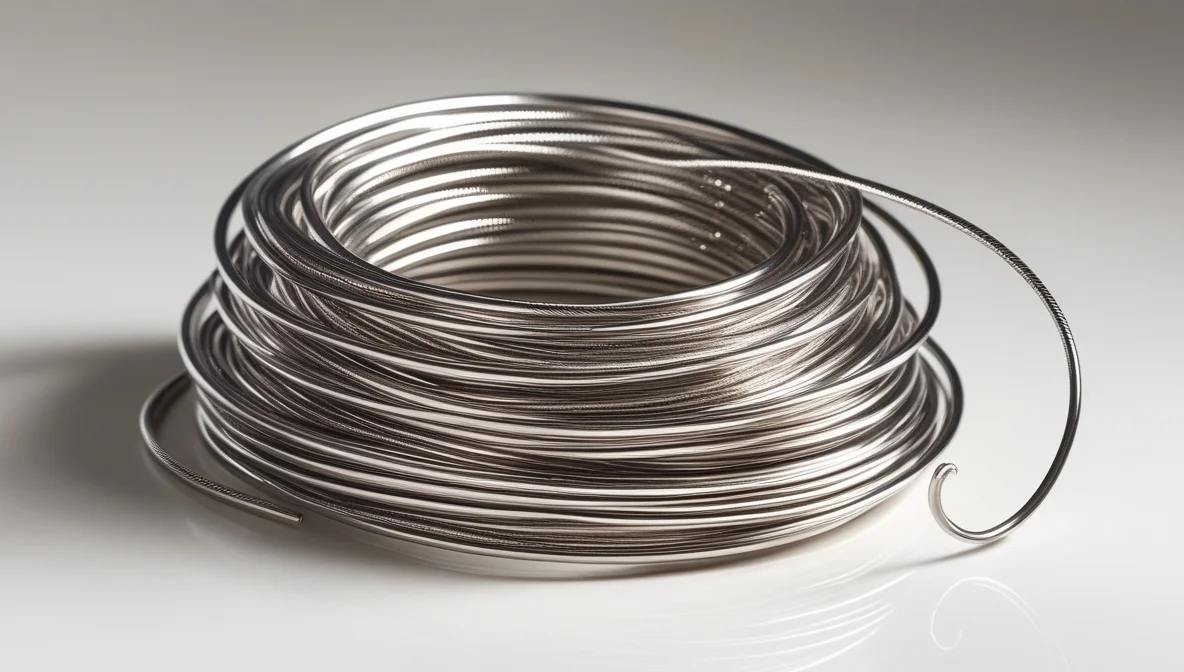Stainless steel spring wire is a specific type of steel wire engineered for manufacturing springs. It combines the inherent corrosion resistance of stainless steel with the high tensile strength, elasticity, and fatigue resistance required for spring applications. This wire is typically produced through a cold drawing process, which significantly increases its strength and provides the necessary spring properties.
Key characteristics of stainless steel spring wire include:
- Corrosion Resistance: Its primary advantage over carbon steel spring wire, making it suitable for environments exposed to moisture, chemicals, or varying temperatures.
- High Tensile Strength: Achieved through work hardening during the drawing process, allowing the wire to withstand high stresses without permanent deformation.
- Good Elasticity: The ability to return to its original shape after being deflected or stretched.
- Fatigue Strength: Resistance to failure under repeated loading cycles, crucial for the longevity of a spring.
- Temperature Resistance: Certain grades maintain their properties at elevated or cryogenic temperatures better than carbon steels.
Common grades used for stainless steel spring wire include AISI 302, 304, 316, and 17-7PH. The choice of grade depends on the specific requirements of the application, such as the level of corrosion resistance needed, operating temperature, and required strength. It’s widely used in automotive, aerospace, medical devices, electronics, and consumer goods industries where reliability and corrosion resistance are paramount.



